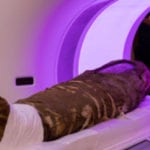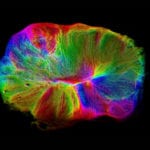 Technology
Technology  Technology
Technology  Humans
Humans 10 Everyday Human Behaviors That Are Actually Survival Instincts
 Animals
Animals 10 Animals That Humiliated and Harmed Historical Leaders
 History
History 10 Most Influential Protests in Modern History
 Creepy
Creepy 10 More Representations of Death from Myth, Legend, and Folktale
 Technology
Technology 10 Scientific Breakthroughs of 2025 That’ll Change Everything
 Our World
Our World 10 Ways Icelandic Culture Makes Other Countries Look Boring
 Misconceptions
Misconceptions 10 Common Misconceptions About the Victorian Era
 Mysteries
Mysteries 10 Strange Unexplained Mysteries of 2025
 Miscellaneous
Miscellaneous 10 of History’s Most Bell-Ringing Finishing Moves
 Technology
Technology Top 10 Everyday Tech Buzzwords That Hide a Darker Past
 Humans
Humans 10 Everyday Human Behaviors That Are Actually Survival Instincts
 Animals
Animals 10 Animals That Humiliated and Harmed Historical Leaders
Who's Behind Listverse?

Jamie Frater
Head Editor
Jamie founded Listverse due to an insatiable desire to share fascinating, obscure, and bizarre facts. He has been a guest speaker on numerous national radio and television stations and is a five time published author.
More About Us History
History 10 Most Influential Protests in Modern History
 Creepy
Creepy 10 More Representations of Death from Myth, Legend, and Folktale
 Technology
Technology 10 Scientific Breakthroughs of 2025 That’ll Change Everything
 Our World
Our World 10 Ways Icelandic Culture Makes Other Countries Look Boring
 Misconceptions
Misconceptions 10 Common Misconceptions About the Victorian Era
 Mysteries
Mysteries 10 Strange Unexplained Mysteries of 2025
 Miscellaneous
Miscellaneous 10 of History’s Most Bell-Ringing Finishing Moves
10 Scientific Reversals Of The World As We Know It
Whether discovered in nature or man-made, each of these scientific reversals changes some property in life as we know it. Some of them are just interesting quirks of nature, while others may have profound implications for how we’ll live our lives.
10Time-Reversal Acoustics

We’ve all heard typical echoes, but true sound reversal doesn’t exist in nature. For example, with exact sound reversal, if you holler “hello,” it would return as “olleh,” with the sound wave traveling precisely toward your mouth instead of spreading through the air as it typically would. This type of technology has a lot of uses, such as breaking kidney stones, tracking underwater vehicles, and translating a speaker to multiple languages for different listeners.
But one of the most interesting uses would be from a national defense standpoint. By turning their bodies into homing devices, this acoustic reversal technology can be used to stun terrorists who are scuba diving in the ocean to deliver explosives. One way to do it would be to magnify and return the sound of their underwater breathing equipment. The loud noise would make them dizzy and disoriented. It would probably be painful, too. But the echo would be delivered so precisely that it wouldn’t harm other people, animals, or equipment close to the target.
9Male/Female Genital Reversal
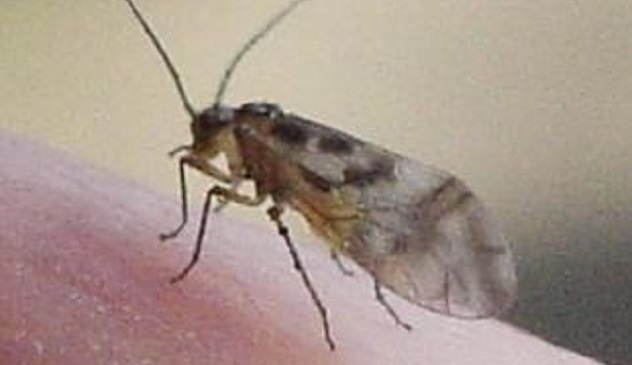
In an evolutionary first for the animal kingdom, scientists have discovered insects in exceptionally dry Brazilian caves where the females have penis-like sex organs called gynosomes and the males have vagina-like structures known as phallosomes. This is an extreme role reversal between the sexes that likely includes the females coercing reluctant males into mating for 40–70 hours at a time.
These insects are all from the genus Neotrogla. Adults are 2.7–3.7 millimeters (0.11–0.15 in) long. The gynosomes, or female penises, are approximately one-seventh as long as the insects. That’s like a man with a height of 175 centimeters (5’9″) having a penis that’s almost 25 centimeters (10 in) long.
After inserting her gynosome into the male’s phallosome, the female Neotrogla‘s sex organ balloons with a spiny covering to anchor itself tightly to her mate. The long copulation period allows a greater transfer of semen from the male.
Researchers seemed to be particularly interested in how male Neotrogla would react to coercive mating, which is another unusual role reversal in these species of insects. With other species, coerced females will get rid of semen from males they don’t like, or they’ll deliberately receive sperm from other males they do like. But the Neotrogla males don’t receive eggs from their mates, so they don’t have a way to retaliate, especially since the spines on the female gynosome bind them together.
8The One-Way Sound Machine

All sound waves possess a property called “time reversal symmetry.” If you send a sound wave through the air in one direction, it can be returned the same way. So if you can talk to someone, they can talk back to you, and each person will hear the other.
Time reversal symmetry also works with other waves, including visible light and radio waves. With radio waves, however, scientists discovered how to spin electrons in only one direction using magnetic materials. This breaks time reversal symmetry, so that the radio waves broadcasting our favorite songs won’t bounce back to the transmission towers.
Until recently, though, scientists didn’t know how to control the direction of sound waves through the air so that you could hear without being heard. They wanted to create a sound wave version of a one-way mirror, which would be a great way to spy on people. Not surprisingly, this research was funded by the US government.
Using those funds, a team from the University of Texas at Austin devised an ingenious solution. They built an acoustic circulator, a device that’s like a starfish with three arms. The arms are pipes with microphones at the end to record sound that flows through a ring-shaped cavity in the central body. Three fans in the cavity operate at a speed that makes sound move in one direction only.
So if you were to embed a wall with several of these circulators, you could hear the activity on the other side without anyone hearing you. These devices can insulate sound in airplanes, music studios, submarines, and more. They can also make sonar and ultrasound machines more accurate.
7Unboiling An Egg
In a process that takes only minutes, scientists have figured out how to unboil egg whites. They added urea, a major component of urine, to dissolve the egg whites, and then they spun the resulting liquid mixture at high speed in a vortex fluid device. But they didn’t do it so you could change your breakfast order from boiled eggs to scrambled or once over easy without cracking new eggs. Instead, this discovery has the potential to transform manufacturing processes that may reduce the costs of cancer treatment and food production.
The scientists started by boiling egg whites at 90 degrees Celsius (194 °F) for 20 minutes to make them extremely hard. This causes the individual proteins in the gooey transparent egg whites to become tangled messes within the boiled egg whites. “That process is called ‘aggregation,’ ” said researcher Gregory Weiss from the University of California, Irvine. “This drives us nuts, as scientists, because it’s really hard to disentangle [the proteins] later. Oftentimes, we have this protein that we want to study, and it comes out, and they’re just goo.”
Other than demonstrating how this process works, the hen eggs are actually irrelevant. As Weiss explained, “The real problem is there are lots of cases of gummy proteins that you spend far too much time scraping off your test tubes, and you want some means of recovering that material.” Using their procedure, the scientists can gently untangle the proteins much faster and more cheaply than previous methods, which took about four days. This is important for any biotechnology company that needs to fold proteins.
6Reversal Of Emotional Links To Memories
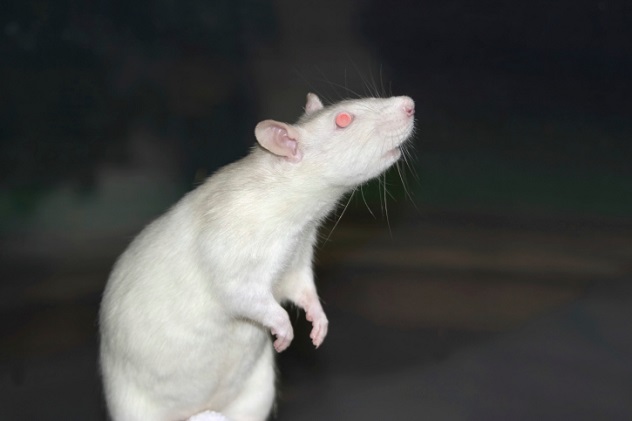
We’ve previously discussed how scientists genetically altered the individual brain cells of mice so that a beam of light would switch cellular activity on and off. This technique is called optogenics. In their first experiment, researchers planted false memories in the brains of these mice then triggered recall of those memories with a beam of light. Now, scientists are taking optogenics to the next level by altering the emotional content of a memory. They can turn a negative association with a memory into a positive one and vice versa.
Each memory has components that are stored in different areas of the brain. For example, the context of a memory (such as where something happened) is stored in the brain’s hippocampus, while the emotional part of that memory is retained in the amygdala.
To test if they could change the emotion linked to a memory of being in a specific location, the researchers gave male mice either the positive experience of meeting a female mouse or the negative experience of receiving a small electrical shock. Then scientists moved the mice to a new location and used a beam of light to trigger that memory. But this time, each mouse received the opposite emotional experience. The male mice who first had the pleasure of meeting females now got shocked when that memory was triggered, and the male mice who were originally shocked got the girls this time around.
Based on how the mice reacted once back in the first location, it appeared that the emotions linked to the memory had changed. For example, mice that were originally shocked were less afraid in that same location and began looking for a female mouse.
However, it only worked if they activated the brain cells in the hippocampus, where the context of the memory was stored. It didn’t work if they activated brain cells in the amygdala, where the emotion associated with a memory was located.
5Reversal Of Individual Continents Into A Supercontinent
The last supercontinent was Pangaea, when dinosaurs were roaming the Earth. Before that, three or four other supercontinents had formed during our planet’s multibillion-year history.
Scientists know that Earth’s continents move continuously, slowly drifting together and breaking apart like puzzle pieces because they rest on shifting tectonic plates. “Continents on these plates typically move . . . at the rate your fingernails grow,” said Ross Mitchell of Yale University. So it can takes hundreds of millions of years for a new supercontinent to form.
That hasn’t stopped scientists from making predictions about the new supercontinent, even though humans probably won’t be around to see them come true. In possibly 50–200 million years from now, some scientists predict the next supercontinent will be Amasia, the melding together of the Americas and Asia. But where will this supercontinent form?
The first theory, introversion, says that Amasia will close up the Atlantic Ocean to form where Pangaea once rested along the equator. The second theory, extroversion, says that Amasia will close the Pacific Ocean to form a supercontinent along the equator on the other side of the world.
However, a more recent theory of introversion says that new supercontinents always form at right angles to their predecessors. With the continents appearing to drift northward, Amasia will form at the North Pole by closing the Arctic Ocean and the Caribbean Sea. By analyzing the magnetic signature of ancient molten rocks, which freeze into place pointing north like a compass, researchers can determine how these rocks have shifted over time and where the land masses will move to form the next supercontinent. Their theory is consistent with Pangaea being at a right angle to where its predecessor, Rodinia, split apart. Rodinia, in turn, formed at a right angle to its predecessor, Nuna.
More importantly, the location of these supercontinents can help us to understand where life emerged at different points on our planet and how it moved over land masses. “Continents with similar fossil records likely share an evolutionary ancestry,” said Mitchell, “but actually establishing a land bridge by juxtaposing those continents is finding the smoking gun.”
4Evolutionary Reversal Of The Osedax
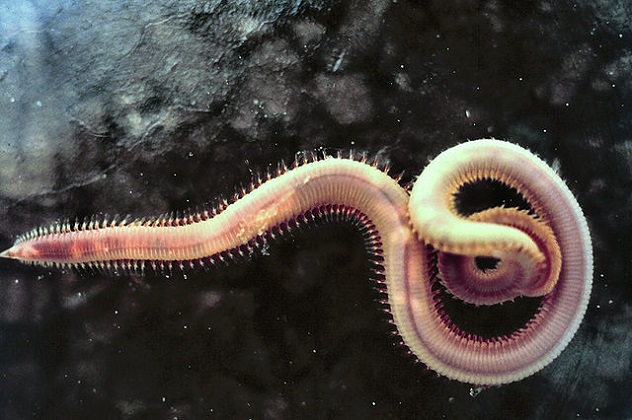
We previously discussed Osedax mucofloris (similar to the Annelid pictured above), the “bone-eating snot flowers.” These red zombie worms, each about an inch or two long, burrow into the bones of dead whales and secrete acid to feed off of them. Then researchers discovered that all of the worms in the whale bones were females. Scientists didn’t find the males until they examined a female under a microscope. Living within the tubes of the females were larval dwarf males, each approximately 1 millimeter long. Every female contained a harem of 30–100 individual males.
“These males don’t feed,” said biologist Robert Vrijenhoek. “A male lives its entire life off the yolk that was provisioned by the egg from which it hatched. This is one of the few cases in the animal world where sexually reproducing individuals are barely more developed than eggs. It’s weird.”
But it became even more weird when scientists discovered a new species of Osedax whose males had reverted to an ancestral state. In this species, the females were about the same size as the females of other known Osedax species. However, the males of the new species were about as large as the females. These males were tens of thousands of times bigger than normal. Scientists were surprised by this evolutionary reversal because they believed the genes to create full-size male adults had disappeared from lack of use. Unlike their dwarf counterparts, these full-size males feed on bone themselves.
Scientists named this species Osedax priapus, after the fertility god in Greek mythology because the males’ bodies appear to have evolved for mating purposes. Dwarf males don’t have to go anywhere to mate because they’re permanently attached to the females’ bodies. But the larger Osedax priapus males can extend their bodies up to 10 times their normal size to find mates. Scientists aren’t sure, but they believe that the larger Osedax priapus males evolved because there were fewer Osedax females competing for space on some animal bones.
3Reversal Of Cellular Aging
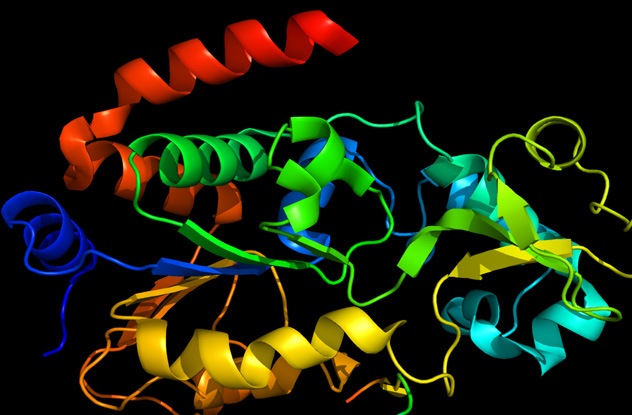
We’ve previously discussed the immortal jellyfish, Turritopsis nutricula, which can revert to an immature stage of development if it becomes damaged. If humans could do this, adults would be able to revert to babies as needed to escape the ravages of disease. We’ve also talked about how the infusion of young blood into mice reversed aging in these animals. Whether this would work for humans is the next stage of testing to be done.
One study out of the University of California at Berkley looked at reversing cell degeneration by injecting cells in mice with SIRT3, a protein that regulates aging. “Aging is just an accumulation of damage,” said lead researcher Danica Chen. “If you think that way, then it’s probably not reversible, because cells are already damaged and no longer functional. But what we show here is that oxidative stress-induced damage, in fact, is reversible.” This damage occurs because older people don’t channel and use oxygen in their bodies as efficiently as younger people, resulting in aging.
This isn’t about producing a fountain of youth. Its practical application would be to prevent and treat age-related degenerative diseases like arthritis, Alzheimer’s, and heart disease. SIRT3 also appears to suppress tumors. Normally, anything that would regenerate cells would cause cell division and increase the risk of cancer. SIRT3 appears to reverse damage at the molecular level. Of course, we don’t know how well it will work in humans, especially long-term. This is the first study to show that we can reverse cellular aging, not just slow it down.
In a separate test, Stanford researchers were able to lengthen the telomeres of human skin cells, which reverses time (and aging) on the telomere clock, giving those cells a longer life. Telomeres are the repeating DNA sequences at the end of chromosomes. The eventual goal for this technique is to treat diseases that result from shortened telomeres.
2Reversal Of The Doppler Effect
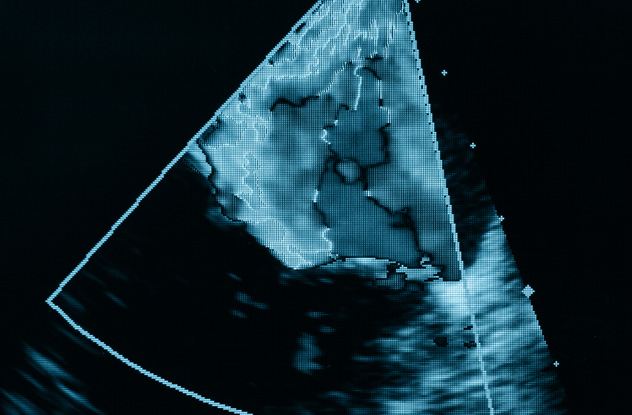
The Doppler effect describes the change in frequency of sound waves or light as you get closer to or farther away from the source. A common example is the change in pitch of an ambulance siren or train whistle, which sounds higher as it comes closer to you (as the frequency increases) and lower as it moves farther away (as the frequency decreases). By reversing the Doppler effect, we can start to create acoustic cloaking technology.
In 2011, scientists first reversed the optical Doppler effect, which is necessary to develop invisibility cloak technology. When we see an object, we’re really seeing its reflected light. So for an object to become completely invisible, we’d have to bend all wavelengths of visible light around it so that it produces no reflection and casts no shadow.
To bend light around an object, that object must have a negative refractive index. Light waves bend backward instead of moving forward through the object. This doesn’t occur in nature. We have to create artificial materials, called metamaterials, to control the path of light.
Materials with a negative refractive index also reverse the Doppler effect. Normally, as an object comes closer to us, the frequency of light increases, shifting the wavelengths toward the blue end of the spectrum. With a reverse Doppler effect (which doesn’t occur in nature), the frequency of light decreases, shifting the wavelengths from blue to red as an object comes closer and from red to blue as it moves farther away.
This scientific reversal could change the world in many ways. We’ve already discussed some of the cloaks for light, sound, touch, and thermal signature that are being developed or are already available with today’s technology.
1The Chickenosaurus
Paleontologist Jack Horner, once a technical adviser for Jurassic Park, is hard at work trying to create a chickenosaurus. In 2009, he made a media splash with the claim that he intended to manipulate chicken genes to revive some latent dinosaur traits. From an evolutionary standpoint, modern chickens are part of the velociraptor line of dinosaurs which had feathers when they lived from 71 to 86 million years ago.
With a maximum weight of 15 kilograms (33 lb), velociraptors were small bird-like dinosaurs that could grow to a length of almost 2 meters (7 ft) and a height of 0.5 meters (1.6 ft) at their hips. Although their arms were too short for flying, their feathers suggest that their ancestors were once able to fly. This carnivorous dinosaur had a narrow snout with about 30 serrated teeth in its jaws, a tail, and two arms that ended in hands, each with three curved claws.
It’s these features—the teeth, tail, and arms—that Horner wants to reverse-engineer from a chicken by switching on or suppressing the appropriate genes. So the chicken’s beak would become a dinosaur’s snout with teeth, the tail would be reactivated, and the chicken’s wings would become arms, possibly with hands and claws. This animal wouldn’t be a dinosaur but rather a modified chicken with dinosaur characteristics.
Horner believes this experiment would teach people about evolution. It may also have medical applications as we discover what happens when genes are switched on and off. But the initial problem was locating the appropriate genes to reactivate dinosaur features in a chicken. So far, the research team has studied the development of tails in chicken embryos, which are then reabsorbed.




